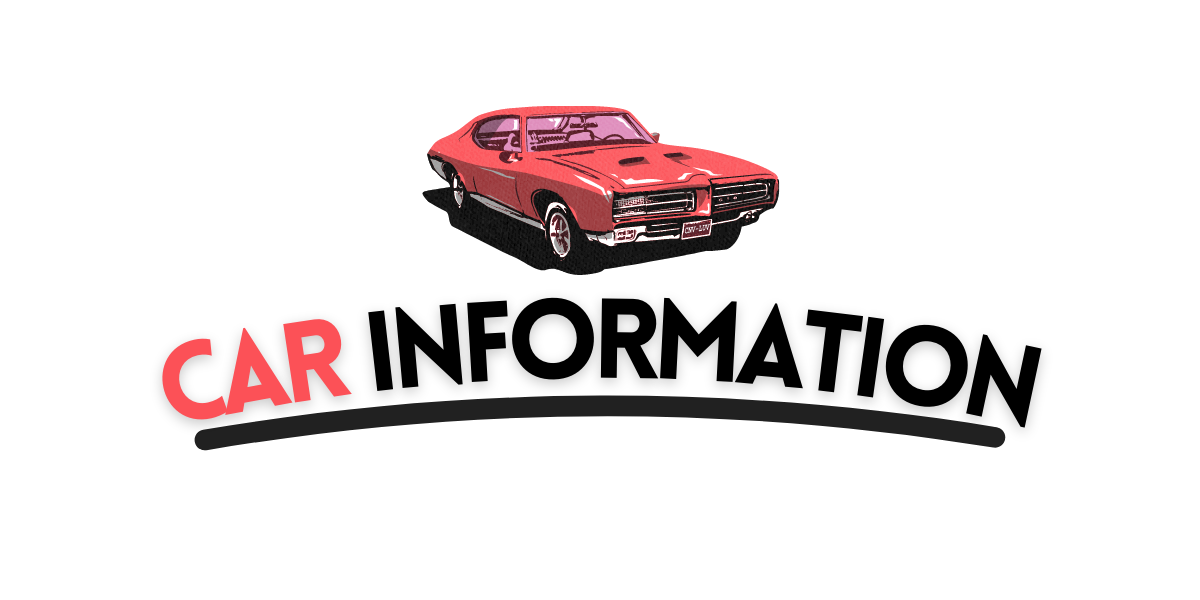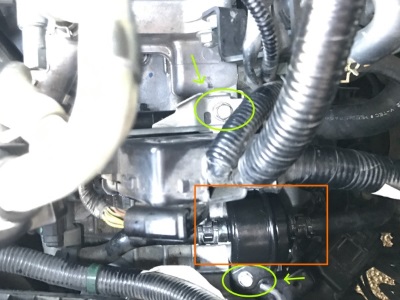A transmission flush on an Acura TSX also requires approximately 10 quarts of fluid to completely clean and flush the system.
How Much Oil Does A 2005 Acura TSX Need?
Don’t worry if you’ve forgotten your owner’s manual or bought your Acura used without one; we’ve got all the information you need right here! The oil capacity of an Acura TSX from 2008 or earlier is 4.4 quarts.
| It is one of the most curious topics of users: | 2012 acura tsx transmission filter location |
| After that, the second most searched topic is: | 04 tsx transmission filter |
Why Does My Transmission Make Noise When Shifting?
If your transmission grinds when you change gears, you may have a “dragging clutch,” worn transmission linkage, improperly adjusted binding, or insufficient transmission fluid. If you hear grinding sounds when shifting from neutral to any gear, you may have a…
Note: In addition to the information we have provided in our article on 2005 acura tsx transmission filter, you can access the wikipedia link Here, which is another important source on the subject.
Which Shift Solenoid Is E?
Simply put, shift valve E keeps the valve closed (unstroked), which is necessary for first, second, and third gears. Shift solenoid A helps the spring keep the valve closed in second and third gears, and shift solenoid B strokes the valve in fourth and fifth gears.
How Do I Fix Code P0756?
The solenoid or its wiring can typically be replaced to resolve the P0756 code; otherwise, changing the transmission fluid frequently suffices.
Where Is The Torque Converter Solenoid Located?
The torque converter, which is responsible for transferring the engine’s torque and power to the transmission, is located between the engine’s rear and the transmission’s front.

